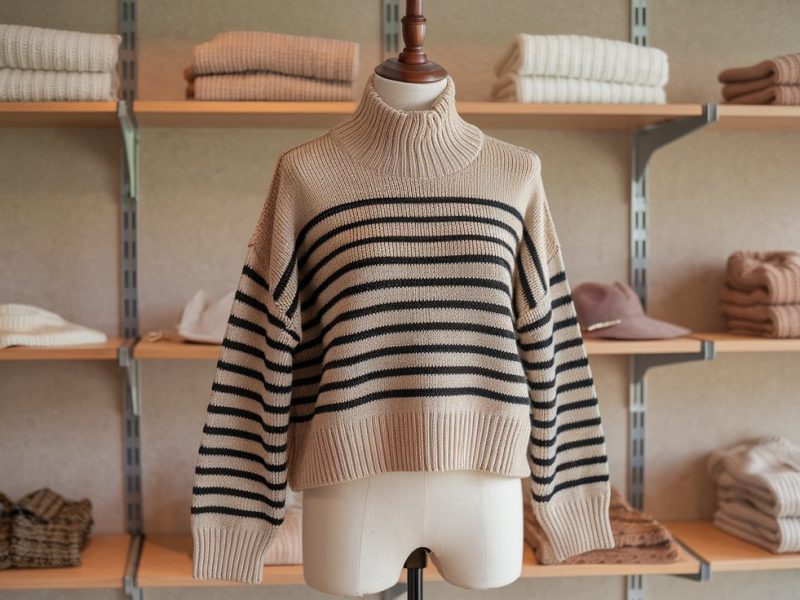Trench Coat: From the Battlefield to Global Fashion Statement
The trench coat is more than just outerwear. For over a century, this functional garment has transformed into a symbol of calm confidence and refined edge. For content creators, fashion entrepreneurs, and anyone fascinated by garments with a backstory, understanding the trench coat’s evolution from military utility to style staple offers both insight and inspiration.
Roots in Function Over Fashion
In the early 1900s, British and French soldiers faced bitter conditions in trench warfare. They needed outerwear that offered warmth, resistance to water, and flexibility. Textile makers like Burberry and Aquascutum responded with tightly woven gabardine and reinforced seams. The epaulettes showed rank, the wide lapels guarded against rain, and the storm flap blocked incoming water.
When the war ended, returning veterans brought their trench coats home. Civilians quickly adopted the look—not only as a nod to bravery but also as practical gear in the shifting climates of cities like London, Tokyo, and New York. Though it hadn’t yet earned the title of “iconic,” the trench coat quietly transitioned into office wear for young professionals and balanced the feminine shapes of flapper dresses for women in the 1920s.
Cinematic Cool and Stylish Mystery
The trench coat stepped deeper into public consciousness through classic noir films. Humphrey Bogart in Casablanca and Alain Delon in Le Samouraï gave the coat an edge of controlled danger. Its long lines and layered presence hinted at secrets and unspoken narratives. Filmmakers used it to suggest internal conflict or stoic resilience.
Later, musicians added to its allure. David Bowie, Debbie Harry, and more recently, K-pop idols embraced the trench coat’s dramatic flow. Whether in black-and-white cinema or splashy music videos, the coat brought visual drama. When a performer spins and the coat flares mid-move, it often becomes a viral moment online—proving its silhouette remains timeless.
Presence on Fashion Week Runways
When Paris Fashion Week returned to physical shows, trench coats stood strong on the runway. Versions in translucent PVC appeared in Tokyo, vegan leather in Copenhagen, and stitched-patch styles in São Paulo. Designers played with a fusion approach—blending British khaki, LA tie-dye, and Mumbai jacquard in one piece.
Its appeal remains strong for several reasons. First, the fabric can evolve without changing the basic structure: a double-breasted front, defined collar, and waist belt. Second, it fits many bodies. Regardless of gender or build, anyone can tie the belt to suit their form. Third, the term “trench coat” continues to generate high search traffic, especially as fall and winter approach in the northern hemisphere—helping brands remain visible online.
New Materials and Tech-Infused Designs
Fabric innovation plays a key role in its continued relevance. In Milan, designers introduced trench coats made from recycled fishing nets, transformed into durable nylon. Seoul saw versions with OLED-thread backlighting, ideal for dim nighttime streets. Melbourne showcased hemp-cotton blends—lightweight yet sturdy.
These upgrades extend the life of the coat while encouraging responsible consumption. A well-made trench designed to last ten years is both eco-friendly and economically smart. With sustainability becoming a core value, consumers now look for longevity over rapid turnover.
Personal Branding in Style
Stylists and influencers often use the trench coat as a subtle statement. It bridges the gap between corporate style and casual flair. Google Trends data shows that the phrase “how to style a trench coat” rises sharply every October and April—seasons of transition.
On LinkedIn, some executives choose headshots wearing a trench instead of a blazer, signaling professionalism with a relaxed edge. Meanwhile, TikTok users post clips with the tag #TrenchTransformation, showing variations like cuff rolling or hoodie layering. In these cases, the coat becomes a flexible canvas for identity—allowing expression without needing words.
Value in a Responsible Wardrobe
As conversations grow around climate impact, buyers ask: “Is this garment worth it?” A thoughtfully made trench often answers that question well. With proper care, it can be worn for decades or even passed down across generations. Its cost per wear decreases over time, making it both a financial and environmental win.
Fans of upcycling can also enjoy customizing it. Swap the lining, repaint the back, or replace buttons with vintage finds. In Berlin and Amsterdam flea markets, old trench coats reappear—refreshed with flag remnants or tapestry accents. The idea of “new” gives way to “reinvented,” and each coat gains a richer story in the process.
Modern Ways to Wear a Trench Coat
Here’s a brief list of tips to stand out—on camera or in the crowd:
Folded-Back Cuff
Turn the sleeves up about three inches to show the inner lining. It adds depth and polish instantly.
Monochrome Stack
Wear matching tones for shirt, pants, and shoes, then layer the trench in a contrasting color for a clean yet bold contrast.
Belt Switch
Replace the original fabric belt with a thick leather strap or athletic webbing to play with textures.
Half-Tie Technique
Instead of knotting the belt tightly, loop it in front casually. It gives a balanced look without feeling stiff.
A Garment with Lasting Impact
The trench coat is more than a combination of fabric and buttons. It’s a bridge between history and creativity, practicality and elegance. What began as protection against rain and mud has grown into a trusted wardrobe tool for self-expression. From art cinema to street-style blogs, it continues to empower its wearer.
In its enduring silhouette, one finds both strength and softness. Its value lies not in extravagance, but in reliability and adaptability. As long as there are seasons of change, the trench coat will have a role—quiet yet clear—in how people present themselves to the world.


